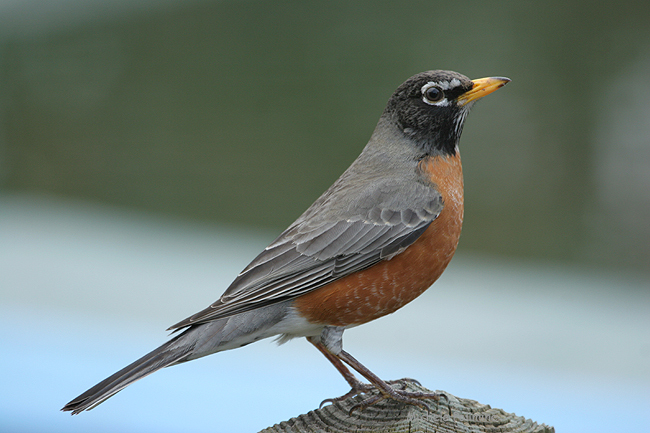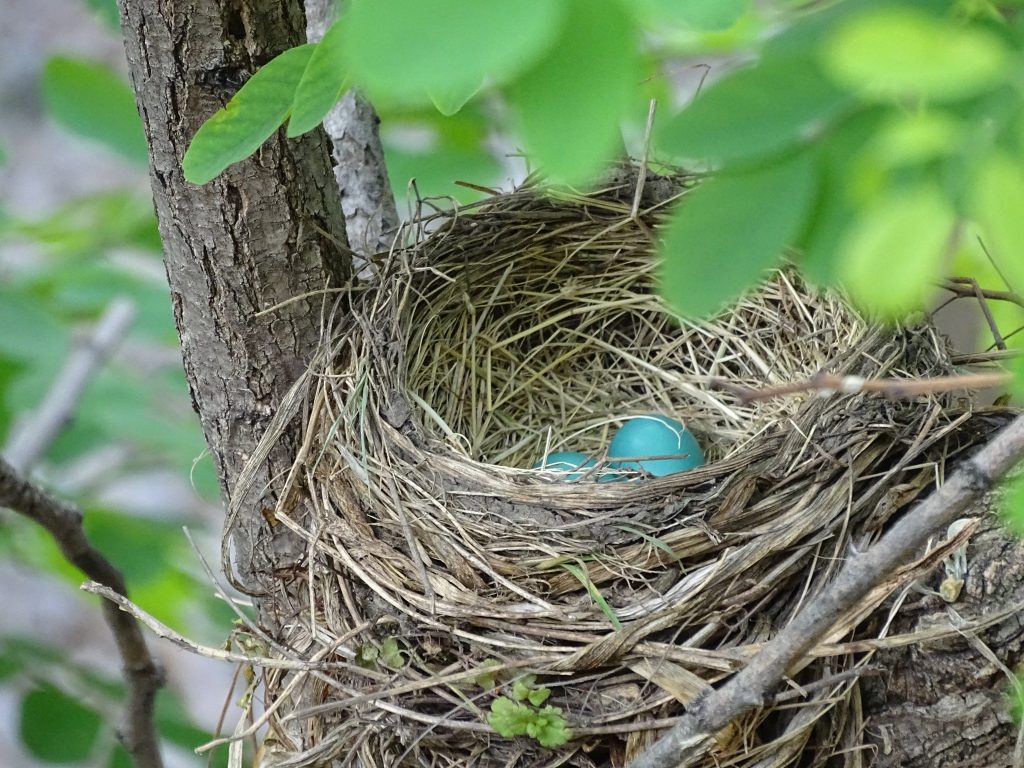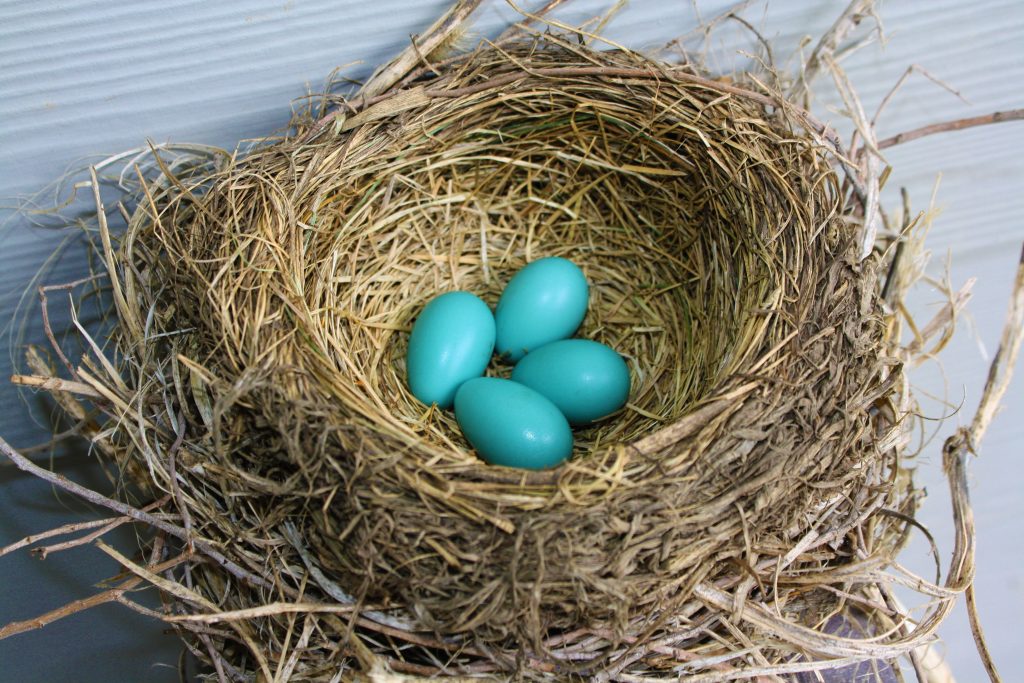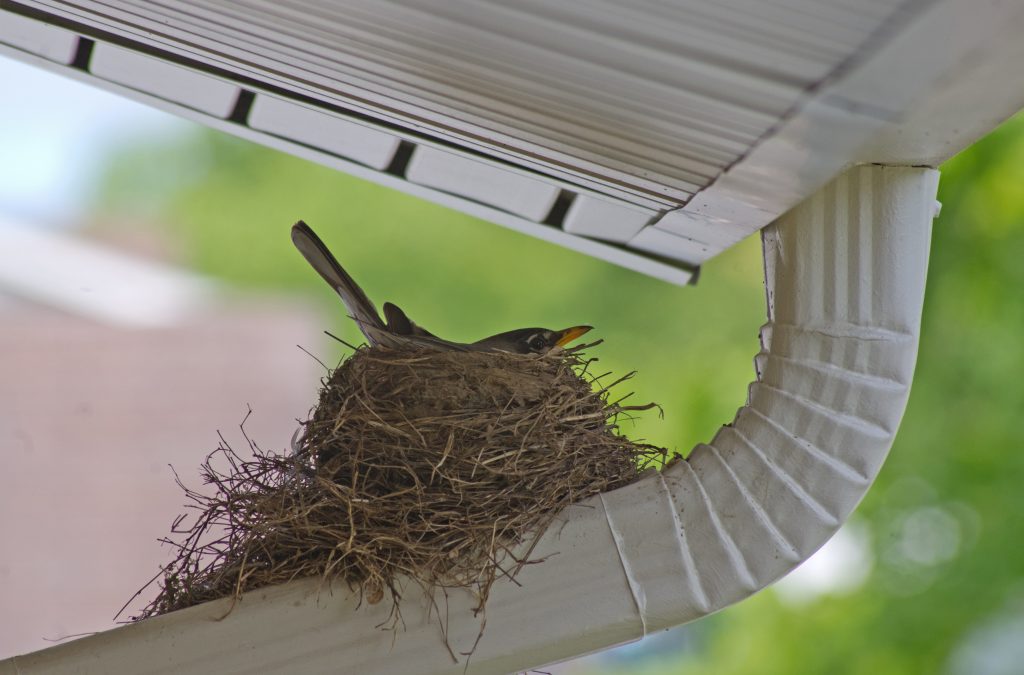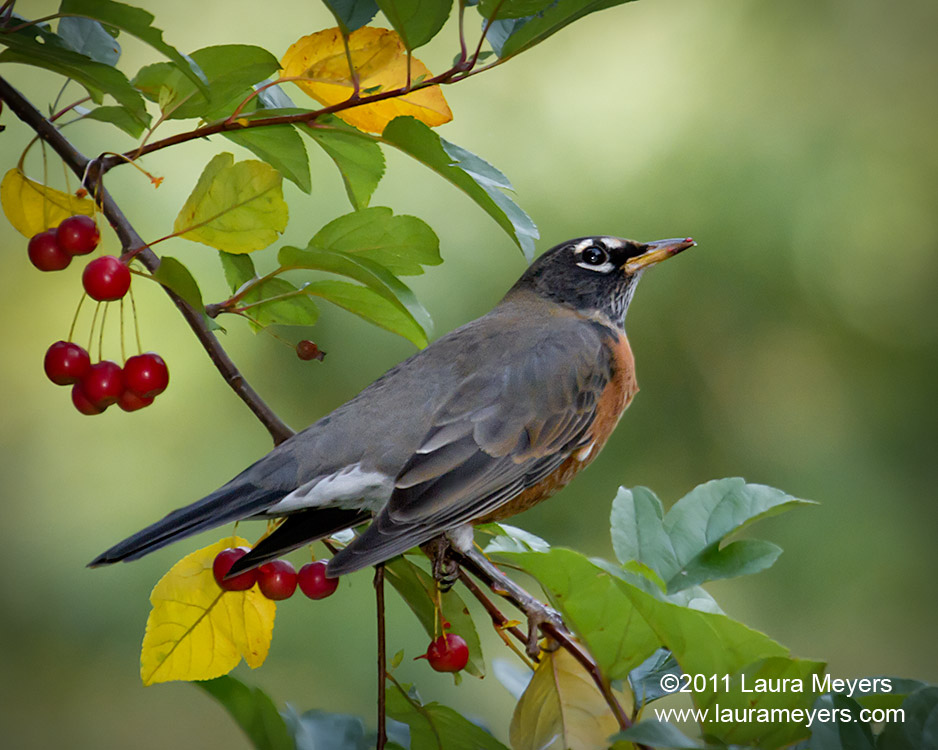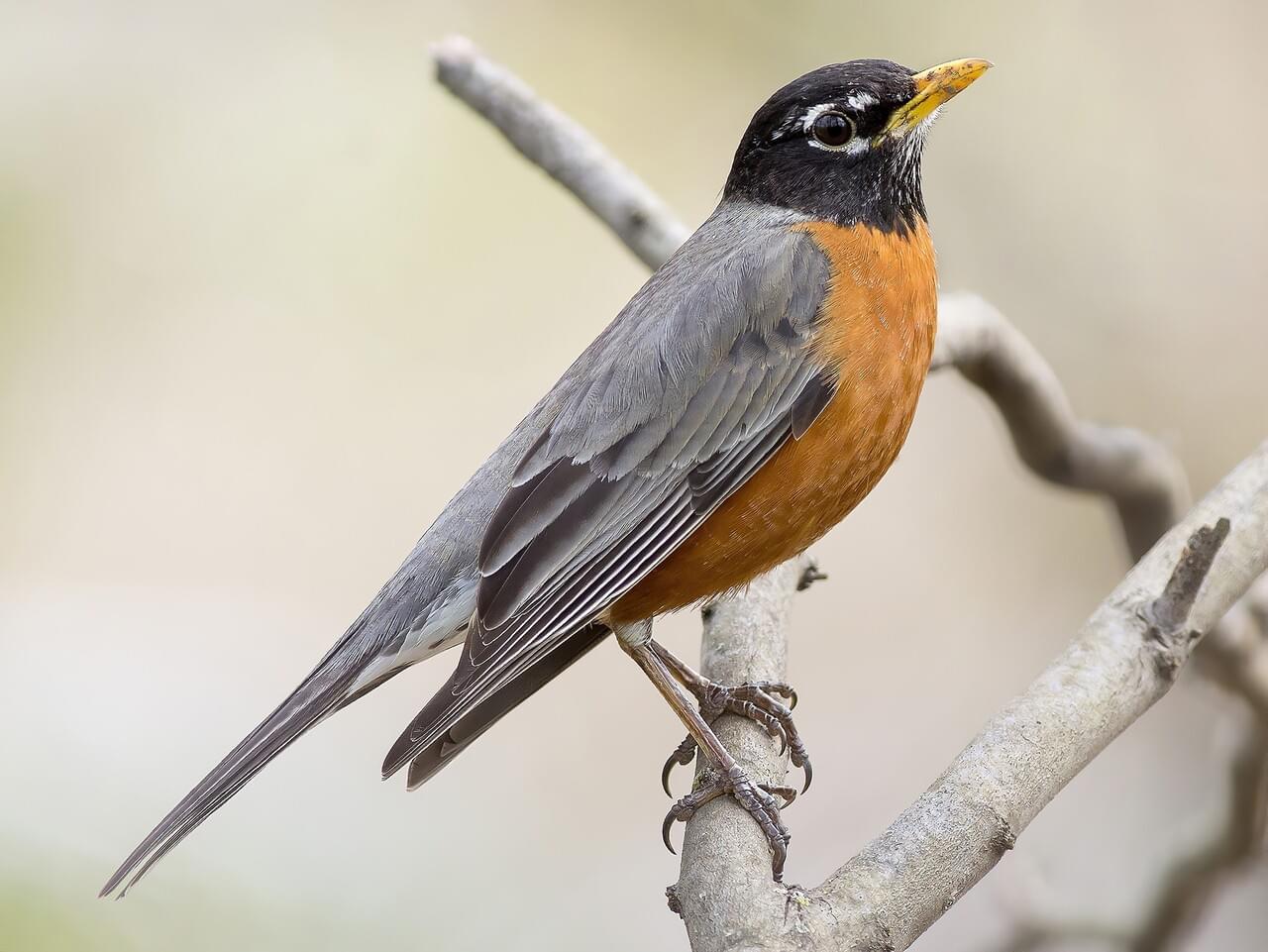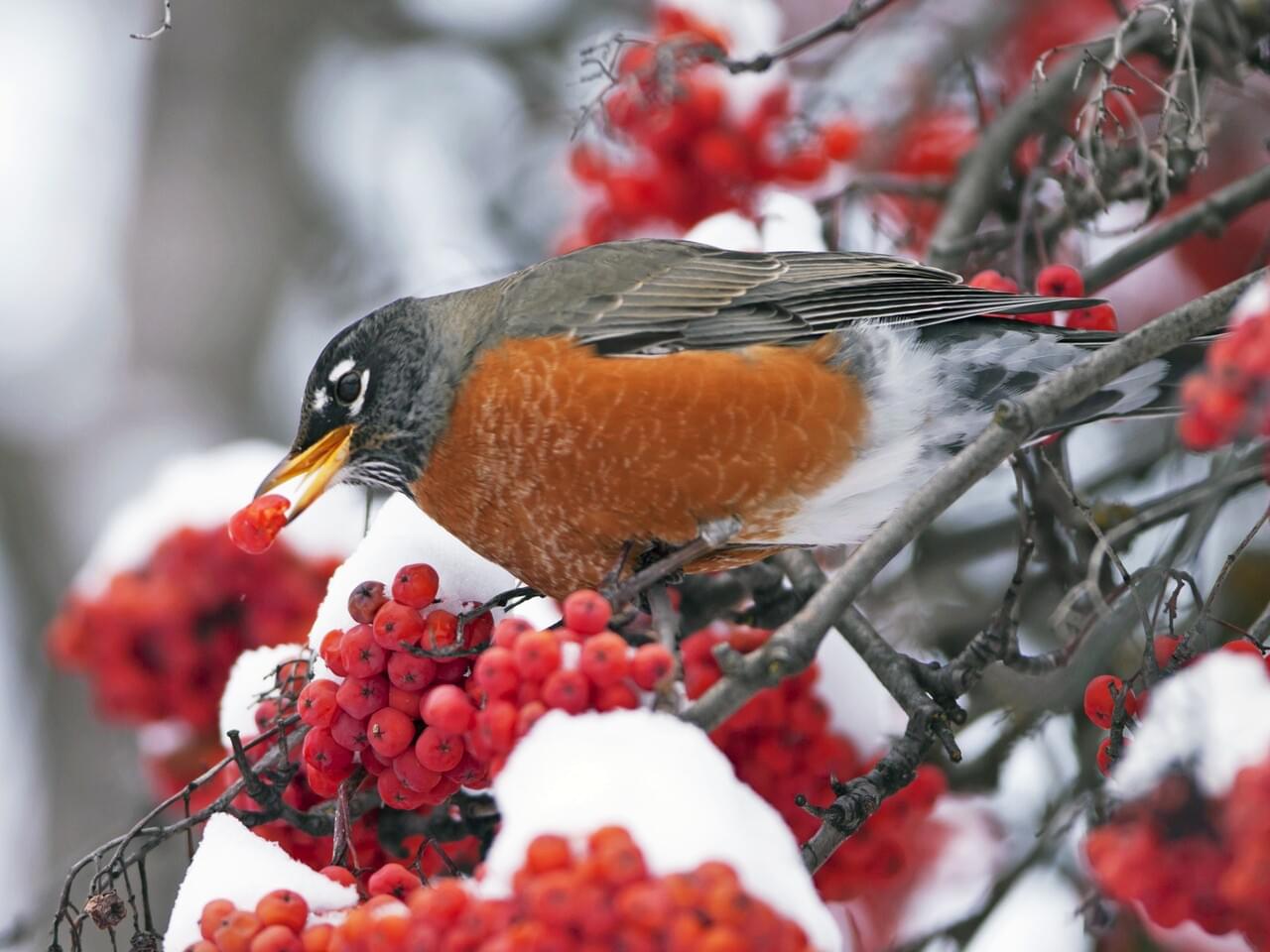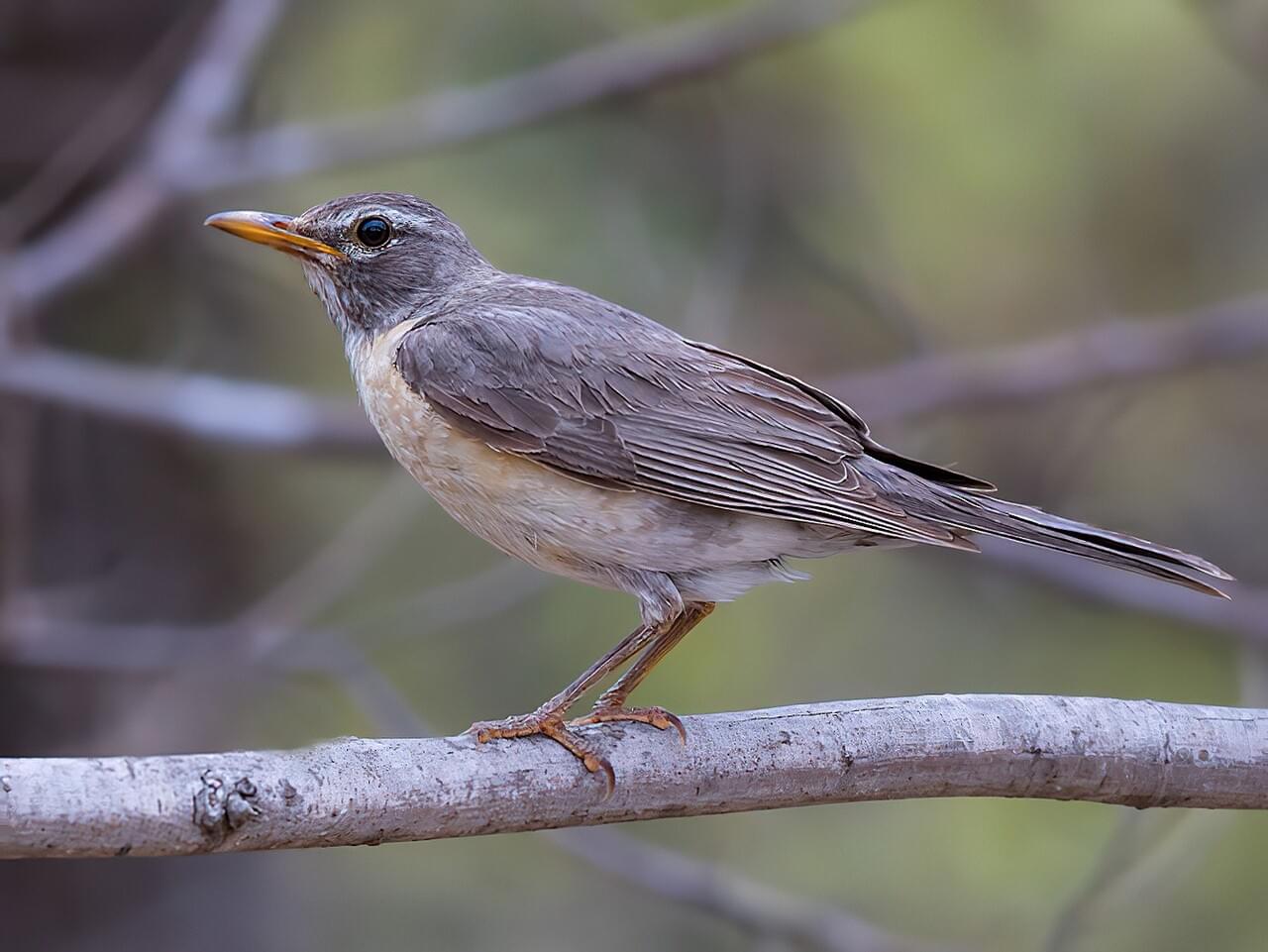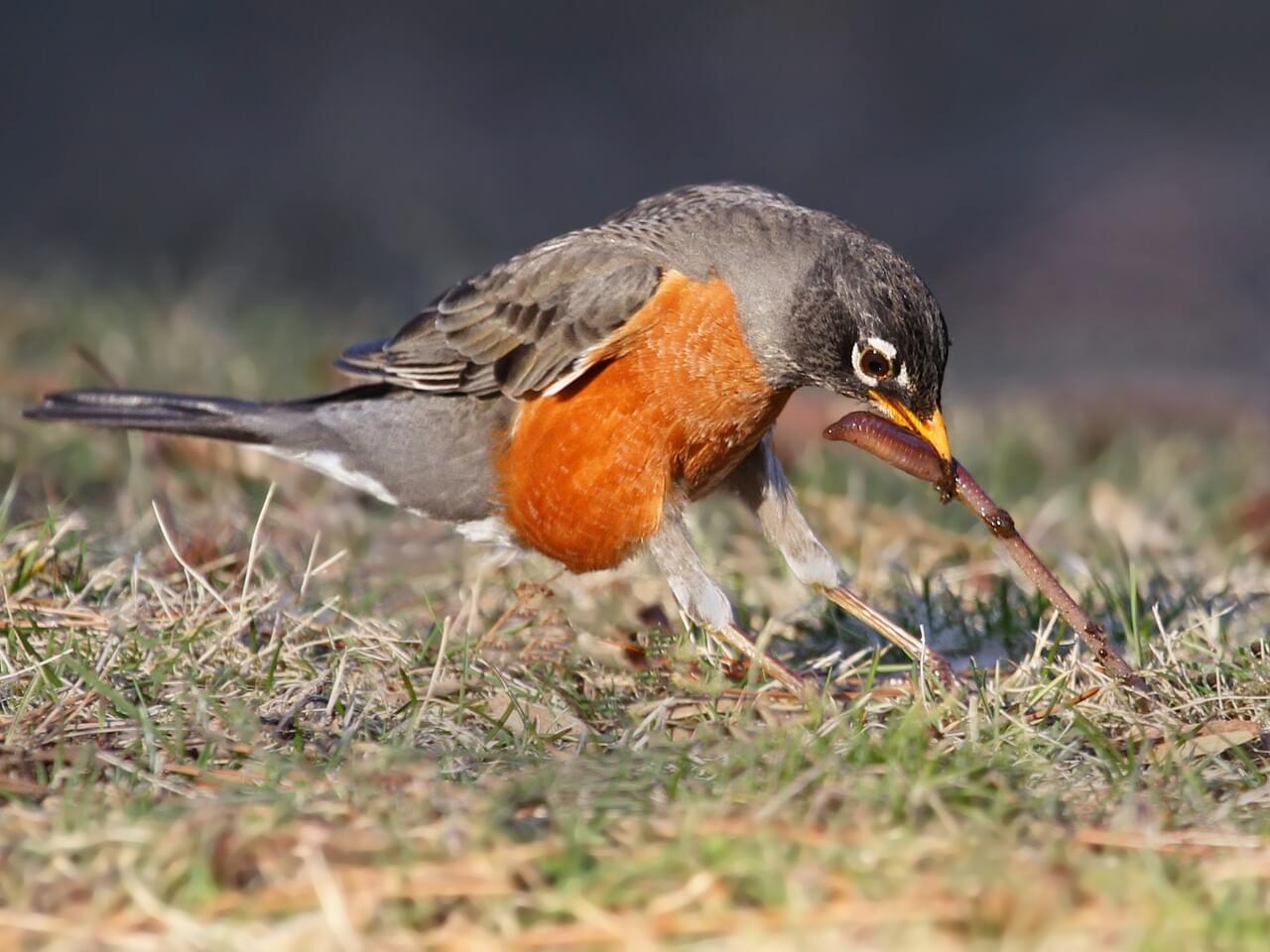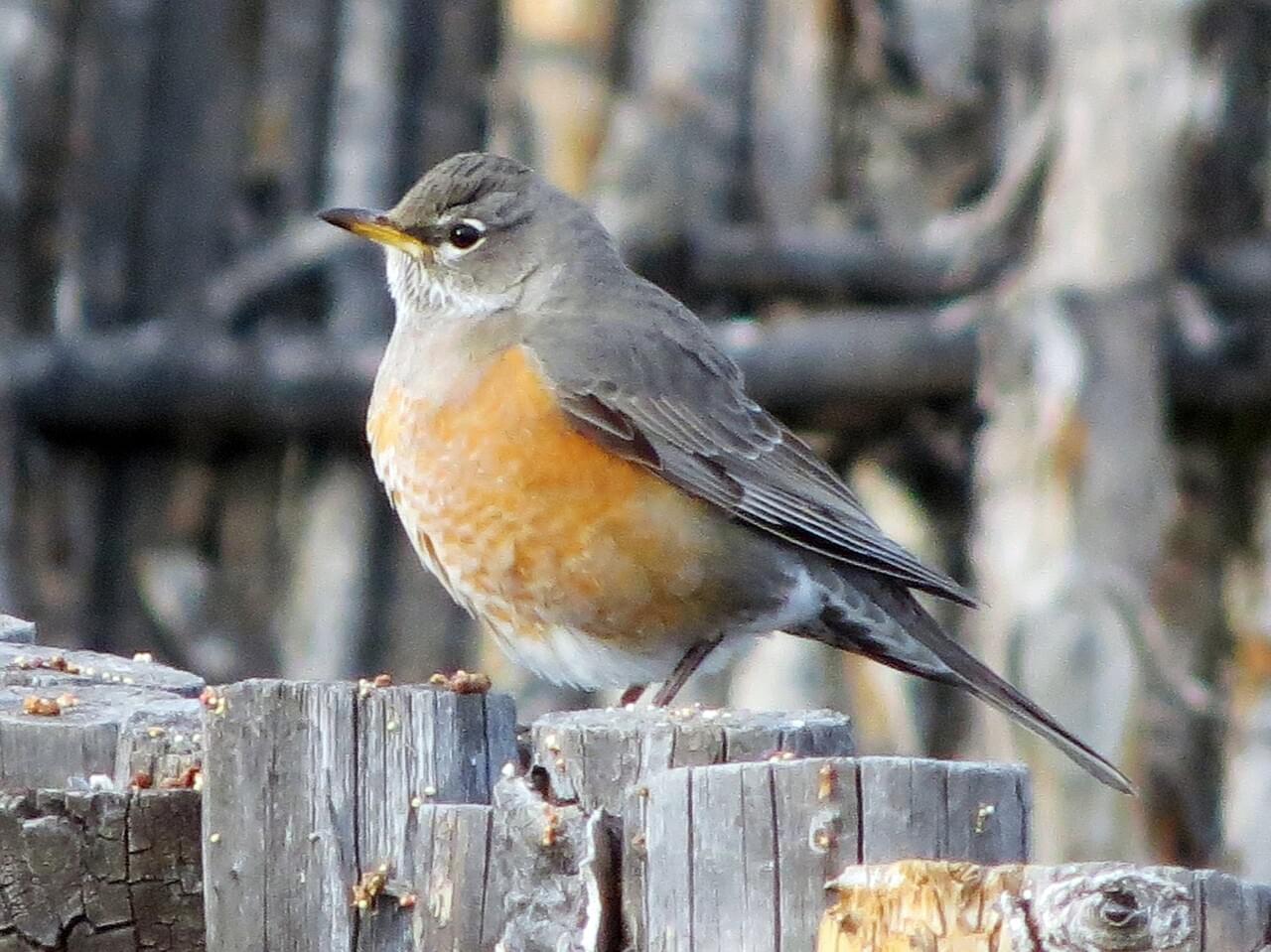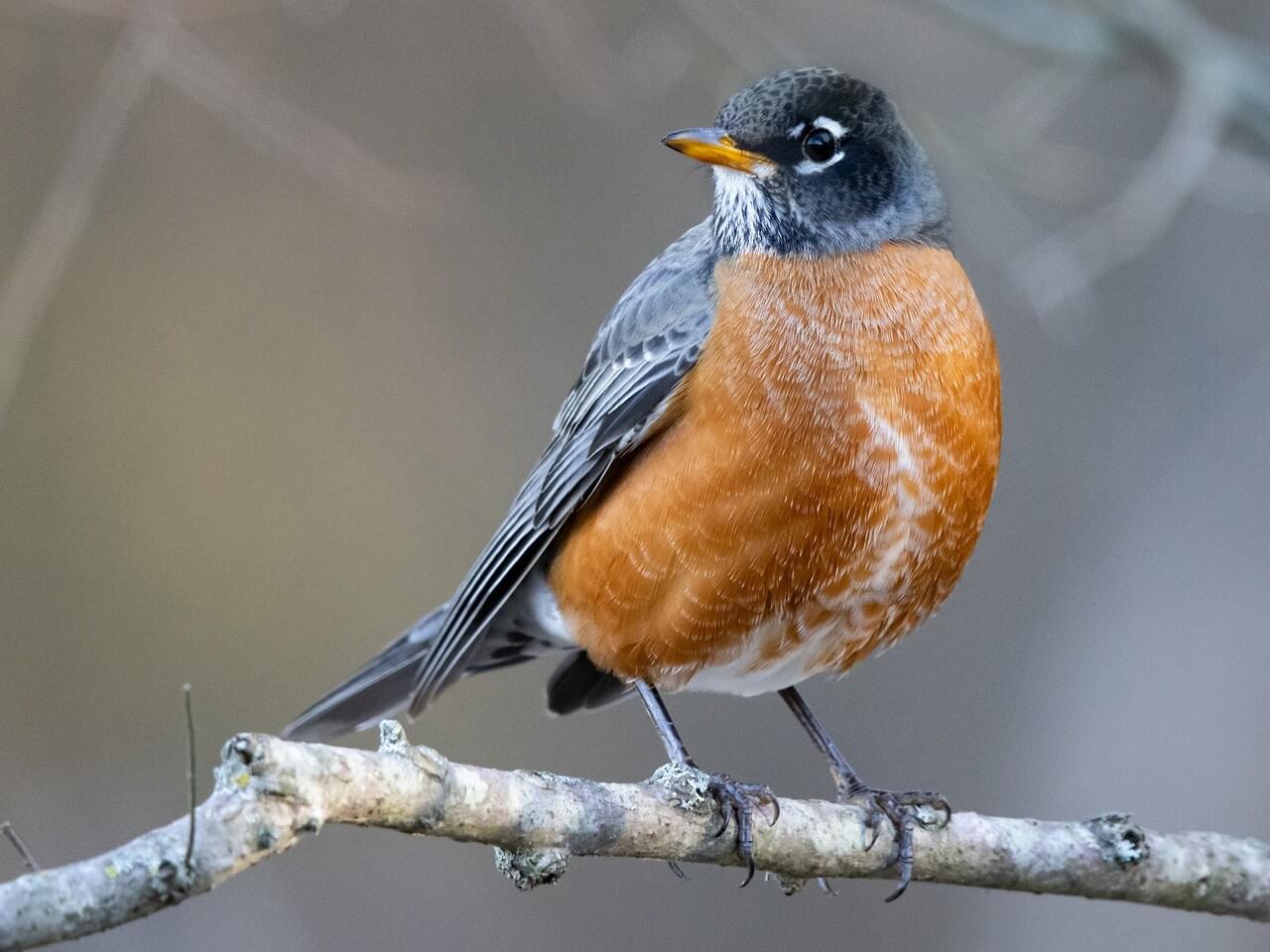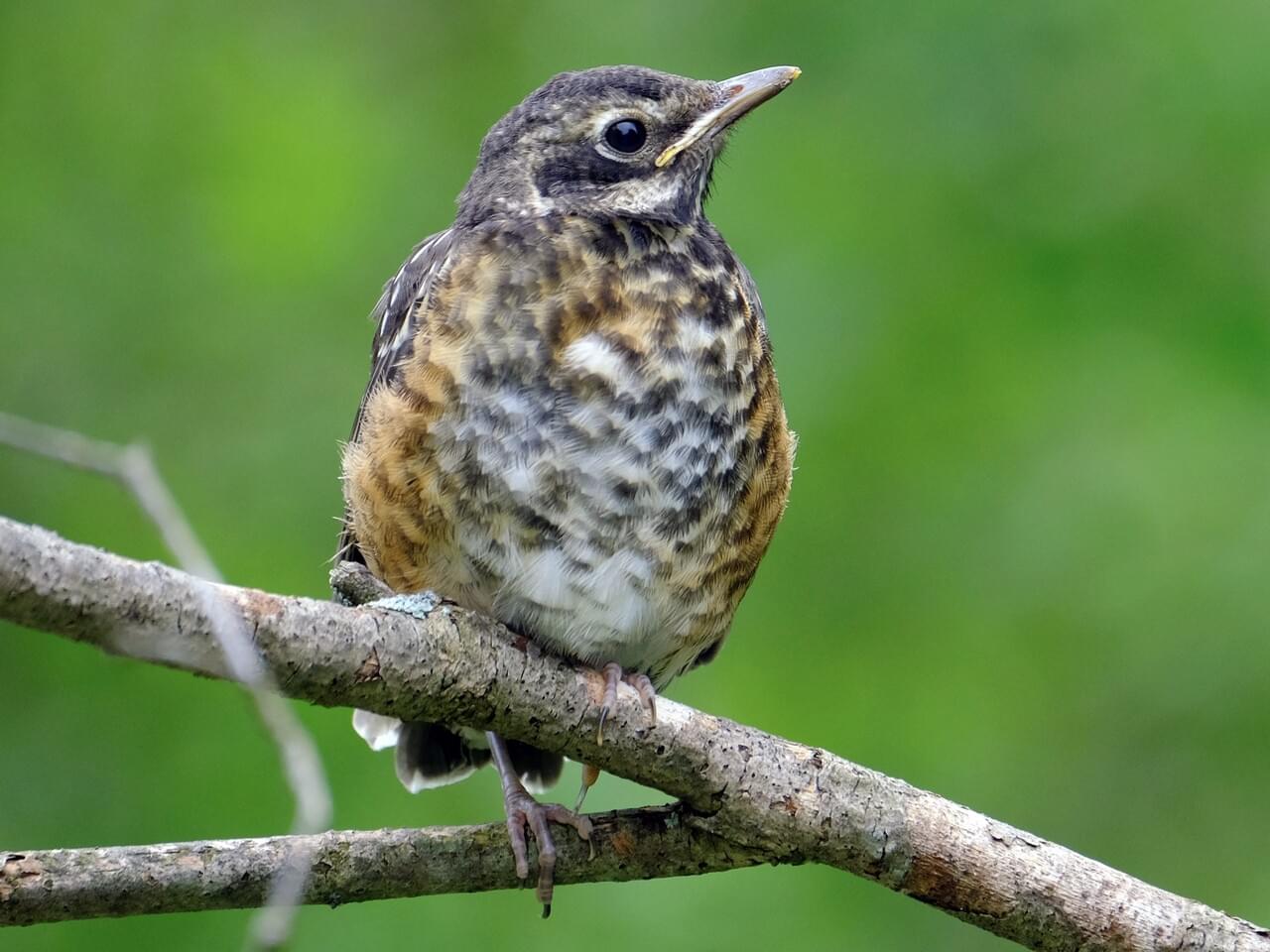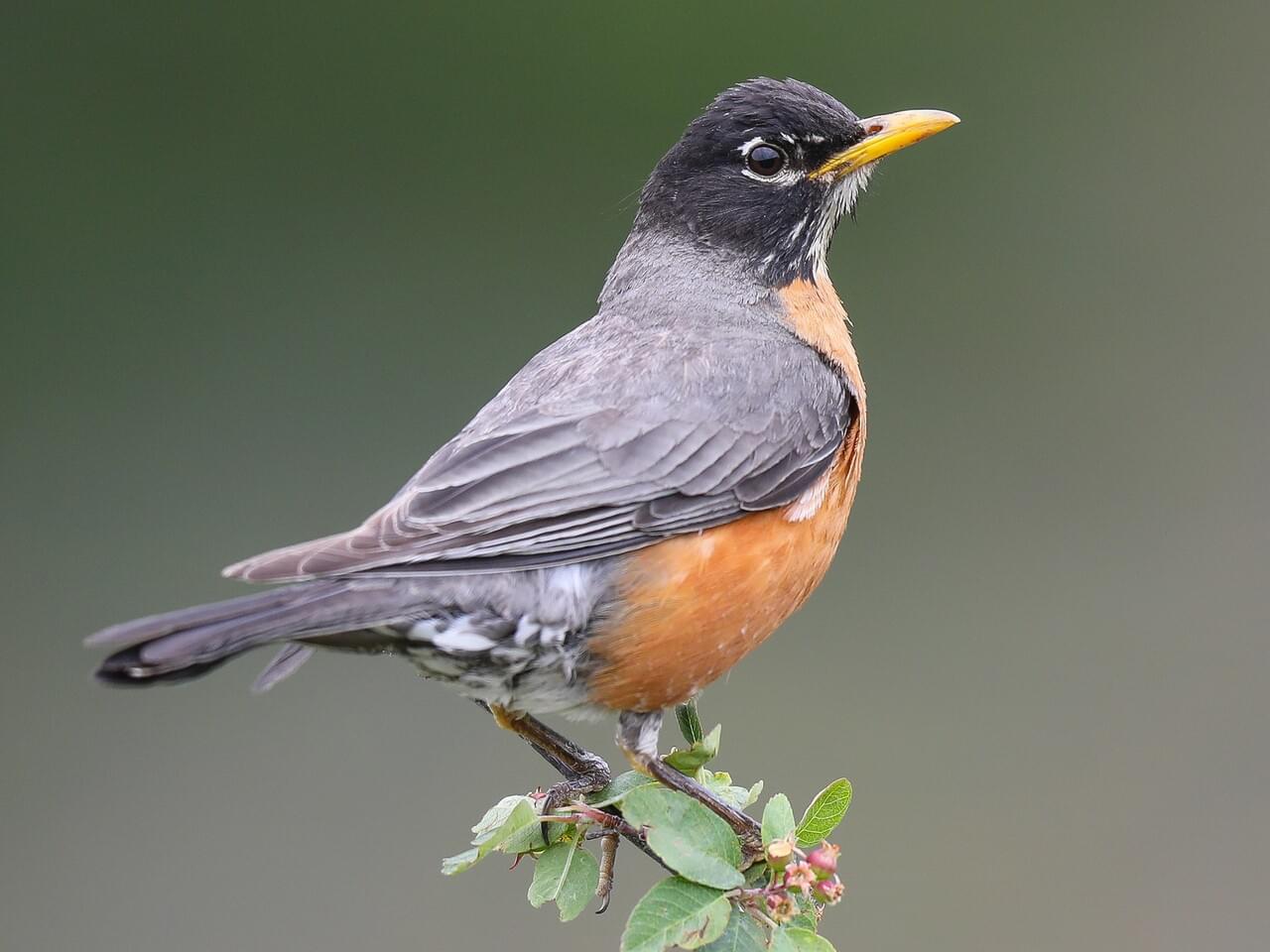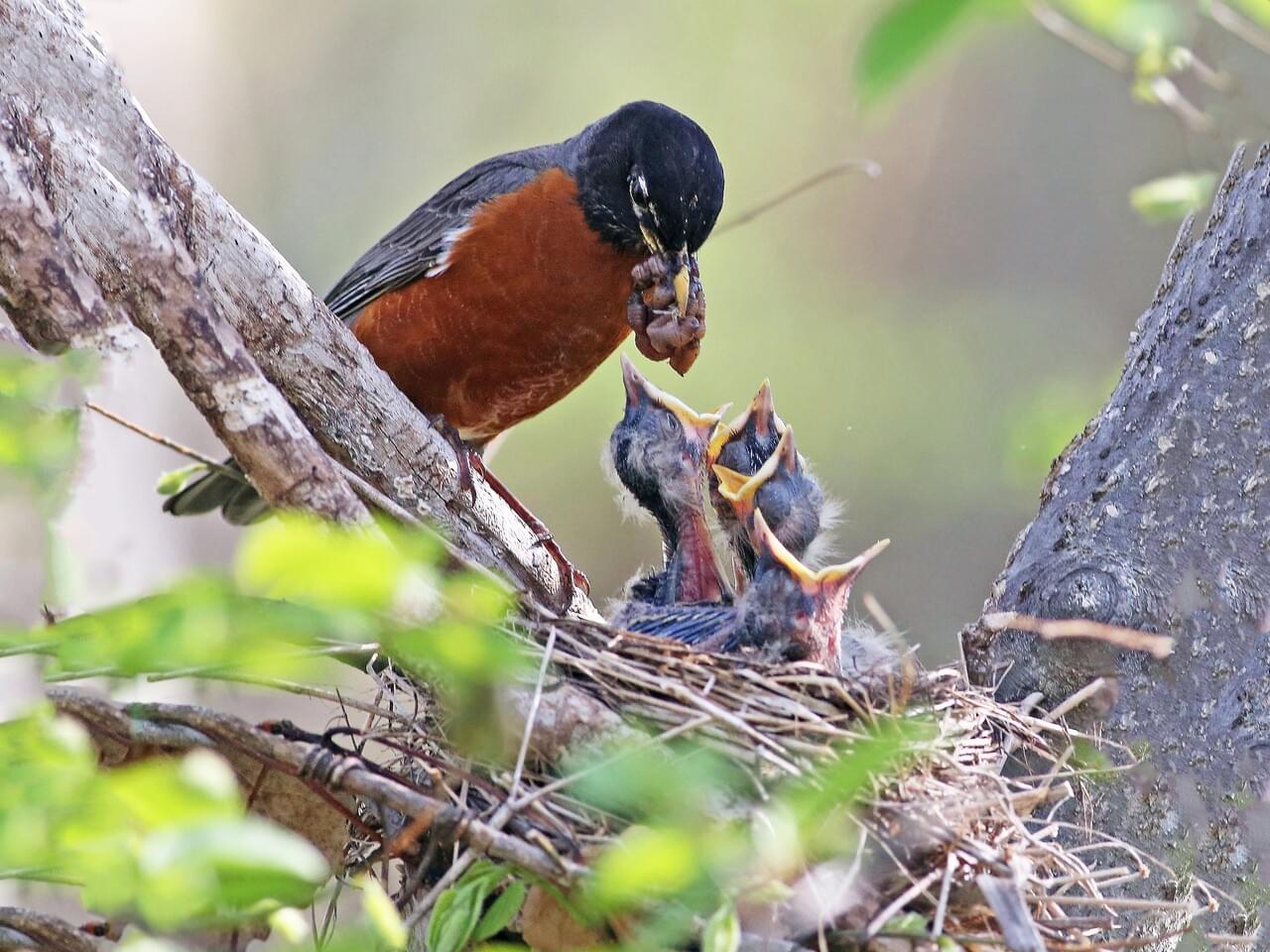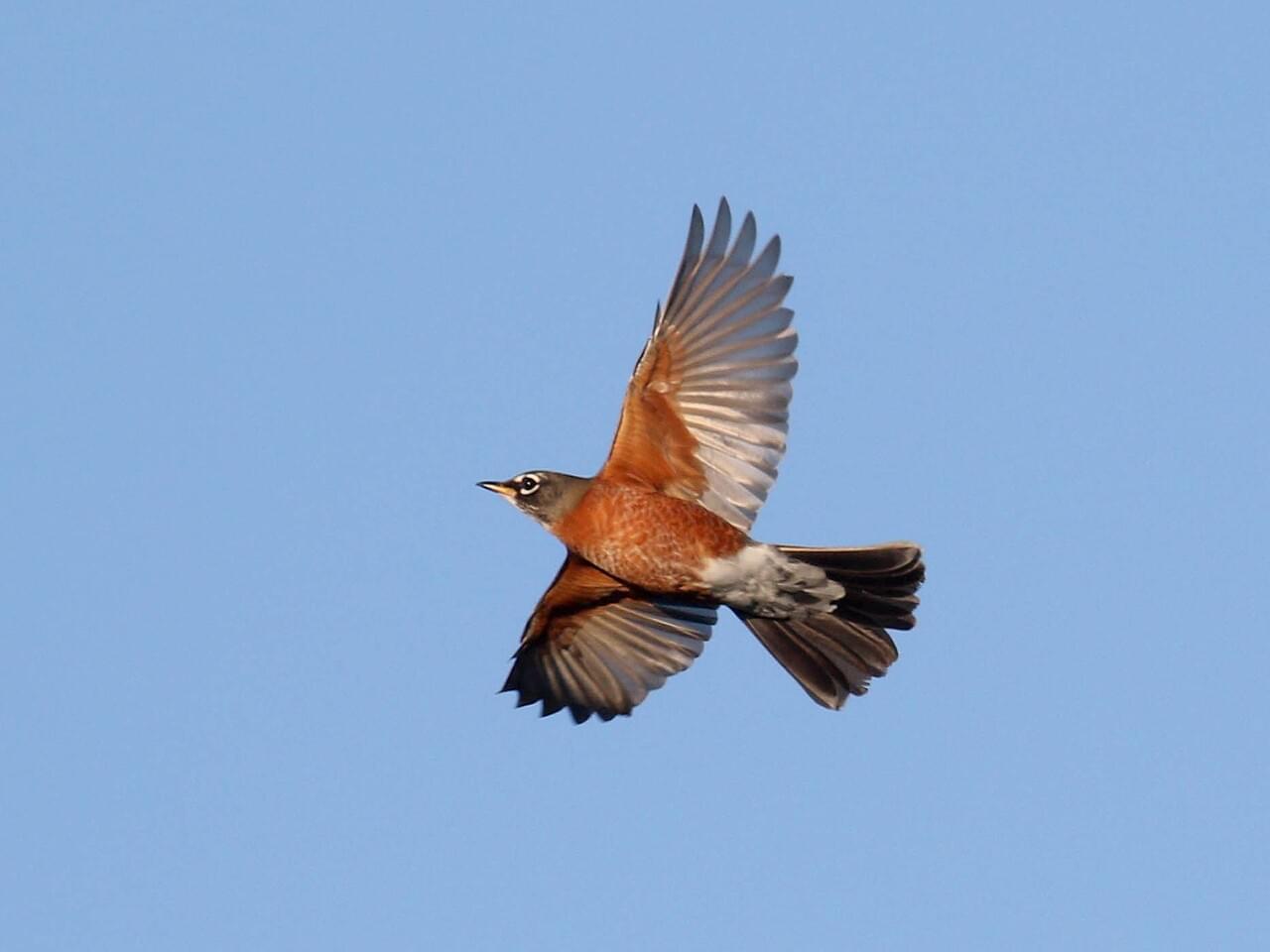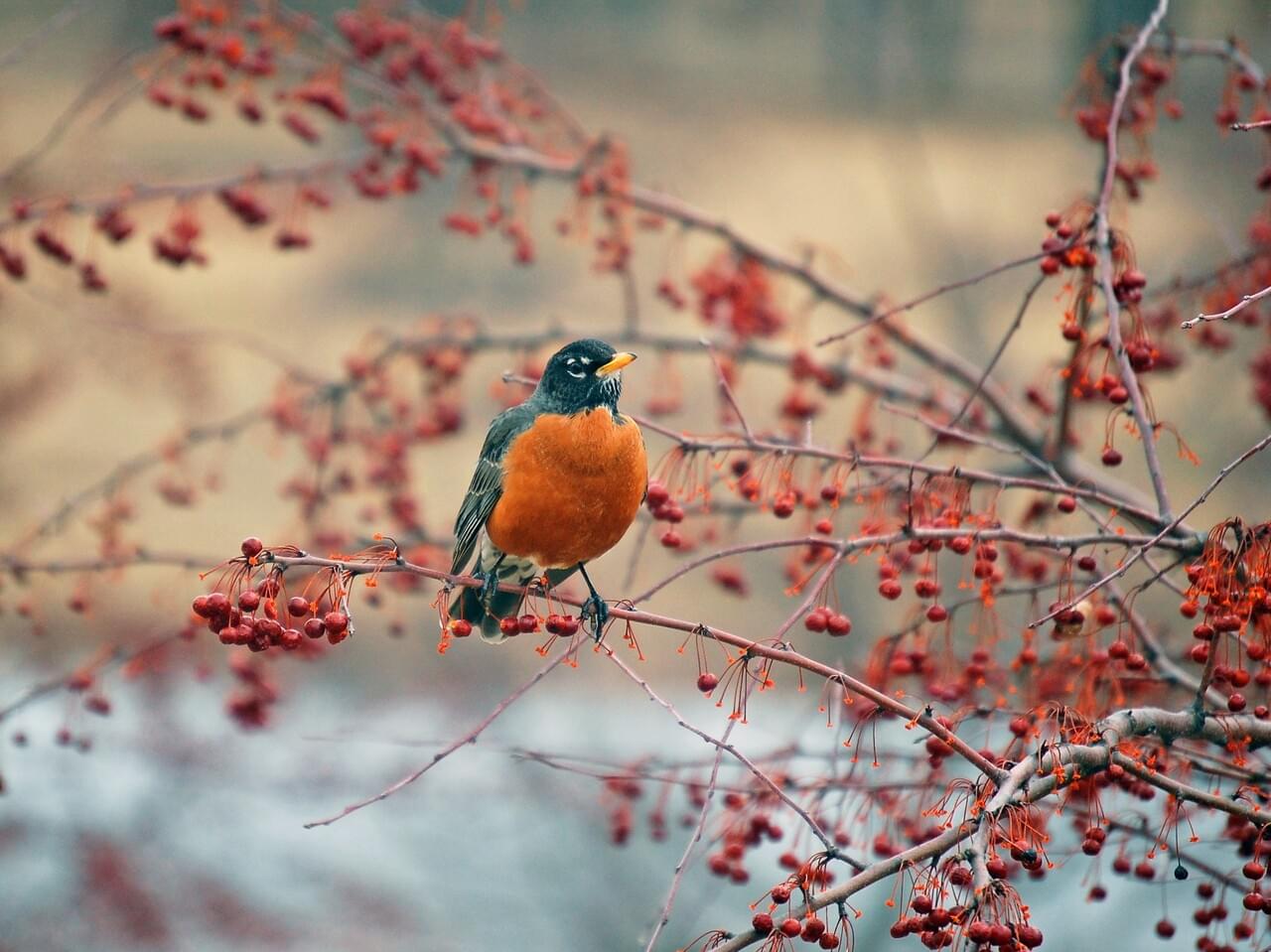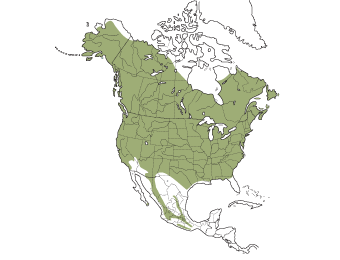Song
© Wil Hershberger / Macaulay Library
Song
© Brad Walker / Macaulay Library
Song
© Dave Slager / Macaulay Library
Song
© Glen Chapman / Macaulay Library
Song
© Wil Hershberger / Macaulay Library
Song
© Tom Johnson / Macaulay Library
Calls
© Jay McGowan / Macaulay Library
Calls
© Glen Chapman / Macaulay Library
Calls
© Ian Davies / Macaulay Library
Calls
© Jay McGowan / Macaulay Library
Calls
© Brad Walker / Macaulay Library
Calls
© Brad Walker / Macaulay Library
Calls
© Brad Walker / Macaulay Library
Calls
© Jay McGowan / Macaulay Library
Calls
© Jay McGowan / Macaulay Library
Alarm calls
© Jay McGowan / Macaulay Library
Juvenile calls
© Brad Walker / Macaulay Library
Song (San Lucas)
© Nick Roth / Macaulay Library
